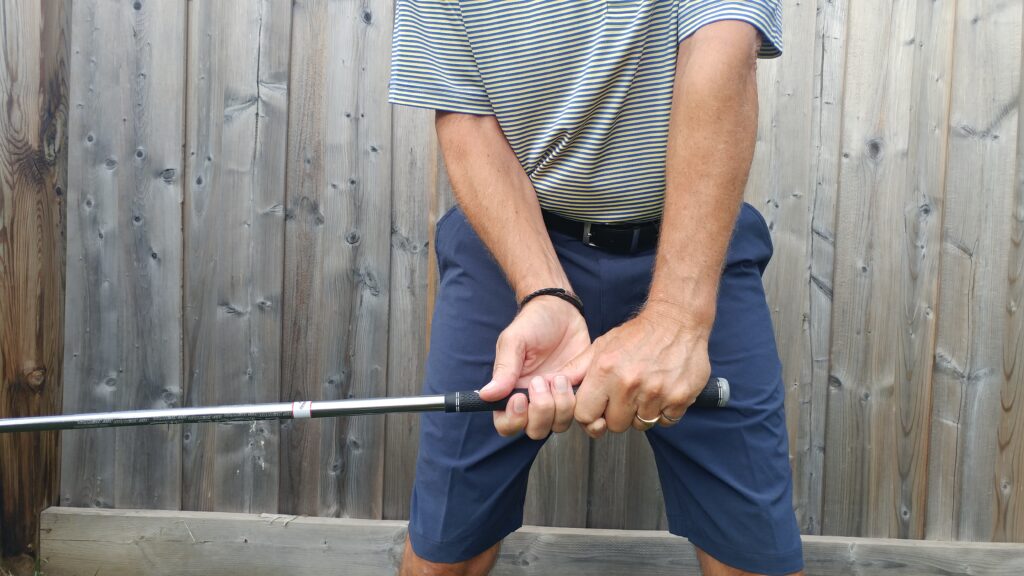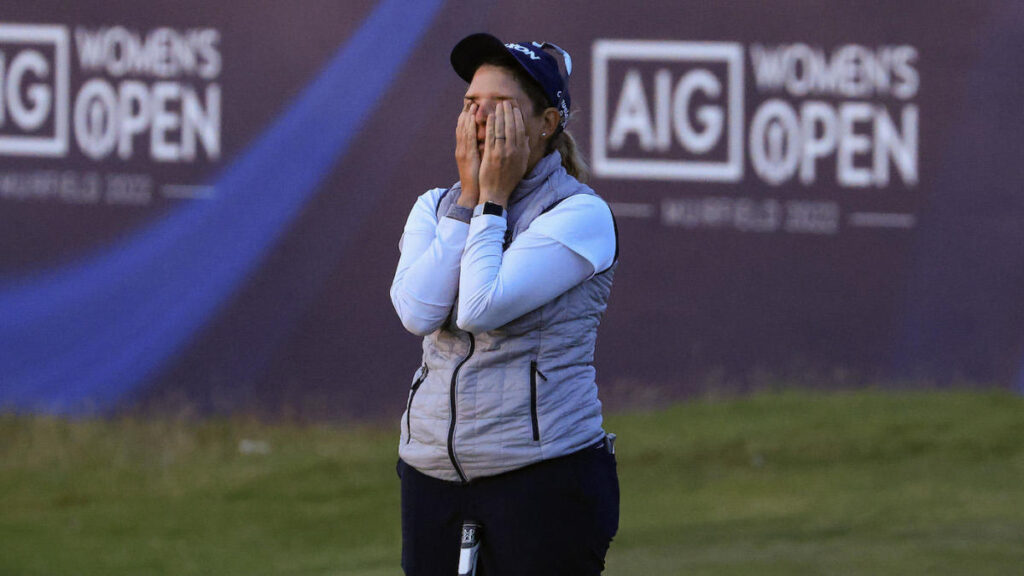Wouldn’t it be nice if you could change your setup for your driver and for your irons to hit more fairways and Greens In Regulation? That’s every golfers dream and I believe that Hank Haney has given us a few great setup ideas for more consistent hits with better direction controlled.
Hank Haney, Martin Chuck and Danny Maude have recently been bombarding blog followers with opportunities to purchase swing tips which will solve your inconsistent swing problems. They are promising to fix your swing using 1 to 10 balls at a practice range. I have not purchased their programs but wanted to provide the key tips that they shared on their promotional videos.
Basic Setup
I’m NOT going to detail the basic setup that you can find on any YouTube training video as the proper grip and stance should give you the proper distance from your ball for consistent hits. Whatever you do in your swing, your distance from you shoulders to your ball must be the same at impact as it was during your setup. Don’t pull your leading shoulder away from the ball before impact. Increasing the distance of your leading shoulder away from the ball will cause toe hits (which look like a major slice). Test for this problem by spraying foot powder on the face of your clubs as your impact should be on the center of the face.
Driver Grip Tip Setup
After you line up your shot and take your stance on a line parallel to your target line, rotate your club across your body and parallel with the ground, with the face of your driver pointing perpendicular to the ground. Adjust your fingers by holding the grip of your club in your fingers (not your palms), [You may want to rotate the face of your club 2 degrees forward to add draw to your shot). Without changing your grip; bend forward and rotate your club back down to your ball with your shaft pointing at your belt buckle.

Your swing will feel strange with this finger grip, but your result will be straight. You may want to use a swing thought of shallowing your driver at the start of your downswing to launch your club head from the inside and up my target line.
Iron Setup Tip
Grip your club in your fingers, similar to the driver tip, and make sure that you line up with your shaft pointing at your belt buckle (without any forward press or shaft lean). [You may want to try bending your leading knee slightly to place 60% of your weight on your leading leg as that’s where your want to be at the point of impact.] The low point of the arc of you swing needs to be just beyond your ball.
Gripping in your fingers with a shaft pointing directly at your belly will give you amazing direction control for every shot. Practice with GOLFSTR+ as a reminder to keep your leading arm straight throughout your limited backswing and downswing. Buy one today at www.GOLFSTR.com
Thought for the Day: A recent survey shows that of all jobs, caddies live the longest. They get plenty of fresh air and exercise, and if there’s ever a medical emergency, a doctor is always nearby.











